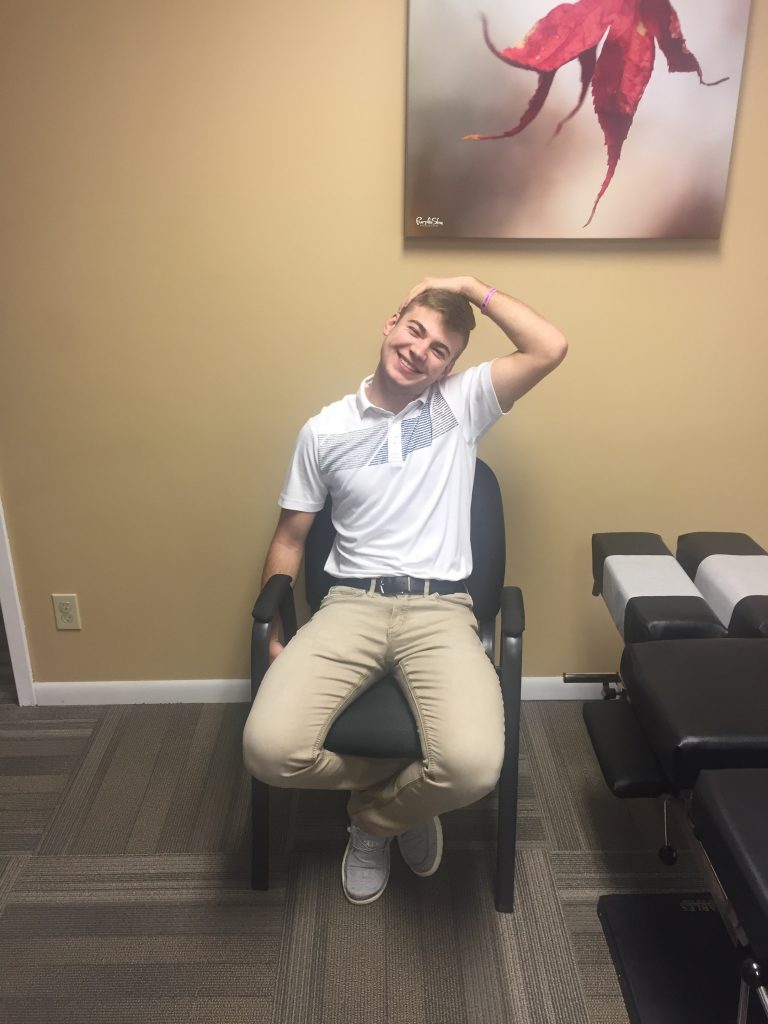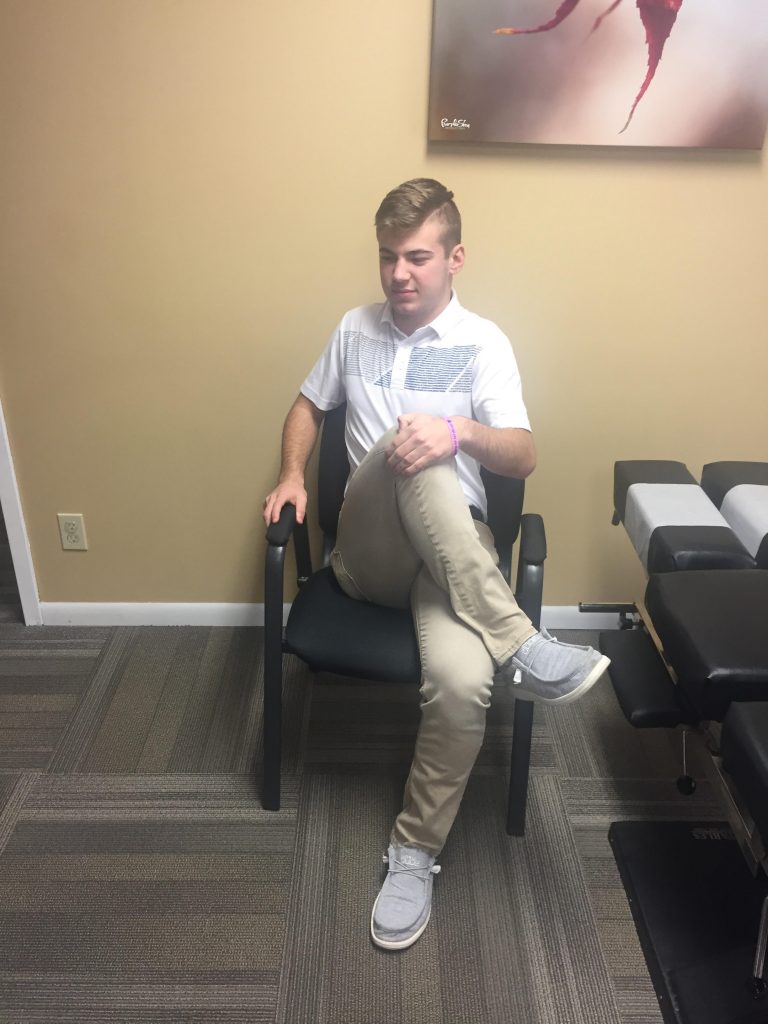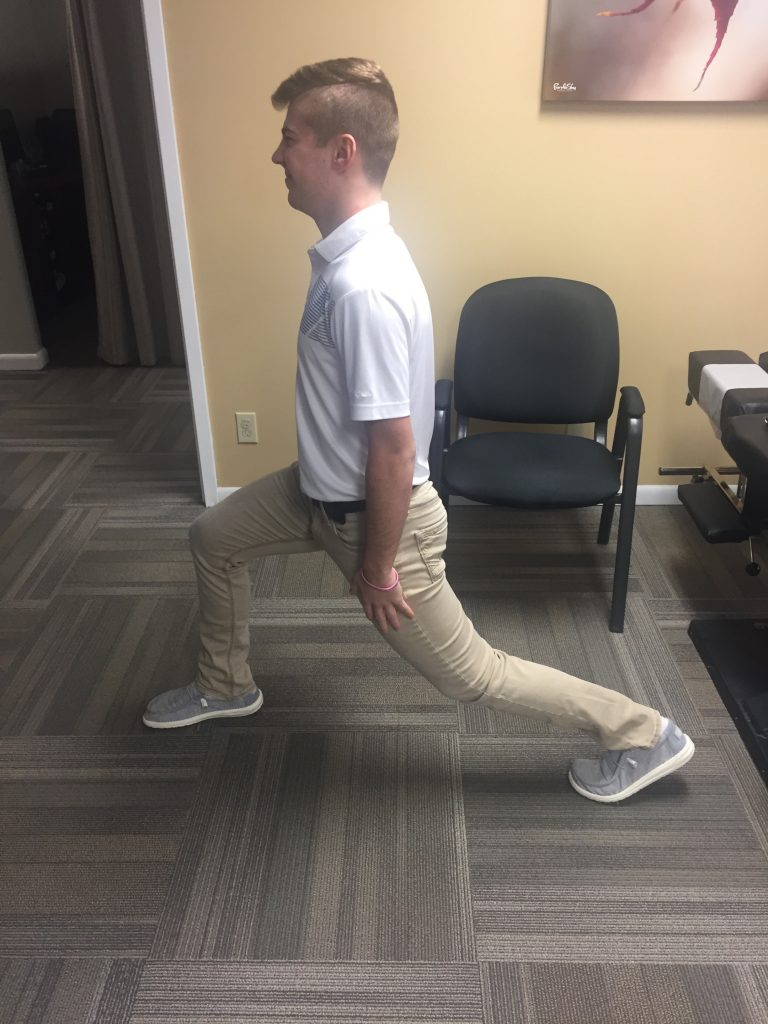Stress and work posture
It is late morning and you have been at job for a few hours now. When sitting or standing for longer periods of time without movement, muscles can tighten up and cause stiffness or soreness. Stretching can help turn your long day’s work into a not so long day. Stretching in the morning or while working can help relieve any tension and increase in blood flow throughout the body. There are a variety of different stretches that you can do in your office before or during your work day. You need to warm up your body, especially certain muscles if you have been sitting at a desk for more than a few hours. Here are a few examples of stretching based on different body regions.
Neck and Shoulders
The first group of stretches are for the neck and shoulders. Stretching the neck and shoulders is important, mostly due to posture issues. Hunching over a desk or using a cell phone/computer can cause you to strain your spine and allows your shoulders to become stiff as the day moves along. Make sure to practice proper ergonomics, especially while sitting at a desk. An example of a good stretch is the following. This stretch can be completed by stretching your arms behind you and interlocking your fingers and lifting your arms. You can then slowly turn your head from side to side. This stretch helps the pectoralis muscles, trapezius and sternocleidomastoid muscles. For those who spend most of the day typing, a wrist stretch would be very beneficial also. The prayer stretch can be helpful for wrists.


Low back and Legs
The second group of stretches are for the legs and low back muscles. Most people do not sit properly in the everyday office chair, which can cause poor blood circulation. Proper ergonomics are really important to help alleviate any symptoms when sitting or working long hours. One stretch that can be helpful to stretch your legs is to extend your legs and reach to your toes while sitting. You can do this standing but it is safer to do it sitting. To stretch hips and low back, a lunge like motion to stretch your anterior hips can be helpful. You can also do a seated stretch. To perform this one, you can sit in a chair and pull your knee toward that same shoulder and opposite shoulder to stretches the low back muscles. The muscles involve are usually your psoas and Quadratus Lumborum muscles.


What to do if stretching doesn’t relieve the symptoms
Stretching is very beneficial and an easy way to relieve some discomfort and prevent discomfort. However, you may need to do a few other things to keep your body in prime condition. If symptoms are not improving within 3-4 days, a visit to a health care professional like Fletcher Chiropractic to discuss proper ergonomics, exercises for posture, and more specific treatment like chiropractic care may be beneficial. Chiropractic care and stretching go hand in hand so give Fletcher Chiropractic a ring at 402-261-5766 today.
